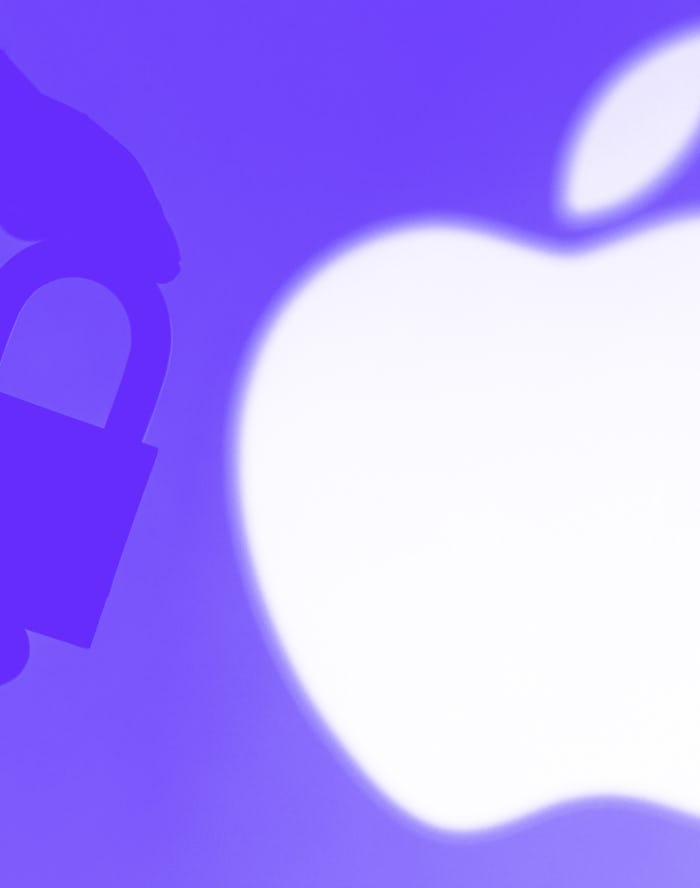Maintaining an iota of privacy online isn’t easy. Web tracking from tech giants like Google and Facebook can sometimes feel like an inevitability if you plan to, say, use a smart phone. Luckily, if that smart phone happens to be one of Apple’s products, you have an arsenal of tools to combat would-be data sleuths.
Tracking request
One of the most common ways in which your online privacy is encroached on is web tracking, where websites or social platforms collect, store, and distribute data relating to your online activity. The problem with web tracking is that the data those organizations or websites collect (i.e. device identifiers or which URLs you visit) has a nasty habit of not remaining private to those who track and purchase it.
While this feature has been around for a while, Apple has dragged its feet on actually enforcing its new tracking rules too strictly, giving developers time to adapt their apps to the change. This month, however, it started rejecting developers whose apps were found to be non-compliant, meaning the feature will likely reach its final form in the upcoming rollout of iOS 14.5.
Password guardian
If you’re not always on point with strong passwords, iOS 14 has a few features that can help. The “Detect Compromised Passwords” feature will let you know if your password is at risk of being stolen by factoring in things like complexity and whether it’s been used in other credentials.
Safari security reports
As we’ve highlighted, keeping track of your digital privacy can be somewhat involved, but in iOS 14 Safari will do some of the monitoring for you. With built-in privacy reports, you can take periodic temperature checks of who is tracking your web activity, and see which trackers were blocked.
One of the best perks of “Sign in with Apple” and “Hide my email” is that they work automatically if you’re using iOS 14. To take advantage of the latter, all you have to do is press “Hide my email” when the prompt appears and emails will be forwarded from your secure burner address to the account associated with your Apple ID.
